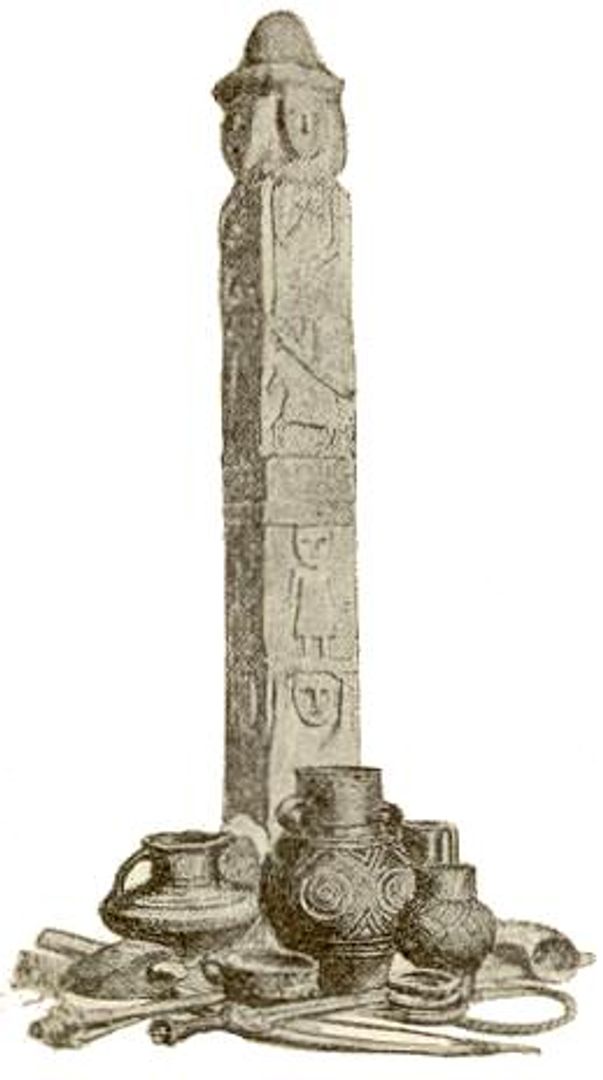Wawel
6.78

Overview
Wawel is a monumental hill in Krakow, bearing witness to Poland's long history, dating back even to the Middle Paleolithic era. As the center of power for the Vistulan tribe, Wawel developed rapidly, gaining significance after its incorporation into the emerging Polish state in the 10th century. Geologically, it is a tectonic horst composed of Upper Jurassic limestone. The hill is home to two important landmarks: the Royal Castle and Wawel Cathedral, both part of the UNESCO World Heritage List.
The castle, rebuilt in the Renaissance style in the 16th century by Italian architects, is an example of exceptional architecture and craftsmanship. Its interiors include state rooms, armories, and the crown treasury. The cathedral, on the other hand, houses royal tombs, the Sigismund Bell, and crypts where notable Poles such as Tadeusz Kościuszko and Józef Piłsudski are buried. Wawel was also the site of coronations and burials of Polish kings, and its architecture showcases various styles, from Romanesque and Gothic to Baroque and Renaissance.
Interestingly, in ancient times, the hill was surrounded by wetlands, leading to various theories about the etymology of the name "Wawel." In iconography, Wawel appeared on banknotes during the German occupation, underscoring its cultural significance. Today, Wawel attracts tourists from around the world, offering a wealth of historical attractions, including the Dragon's Den and the Renaissance garden. It is not only a symbol of Polish identity but also a unique architectural and cultural treasure that continues to fascinate and inspire.
Location
Tickets
Powered by GetYourGuide
2025 Wizytor | All Rights Reserved